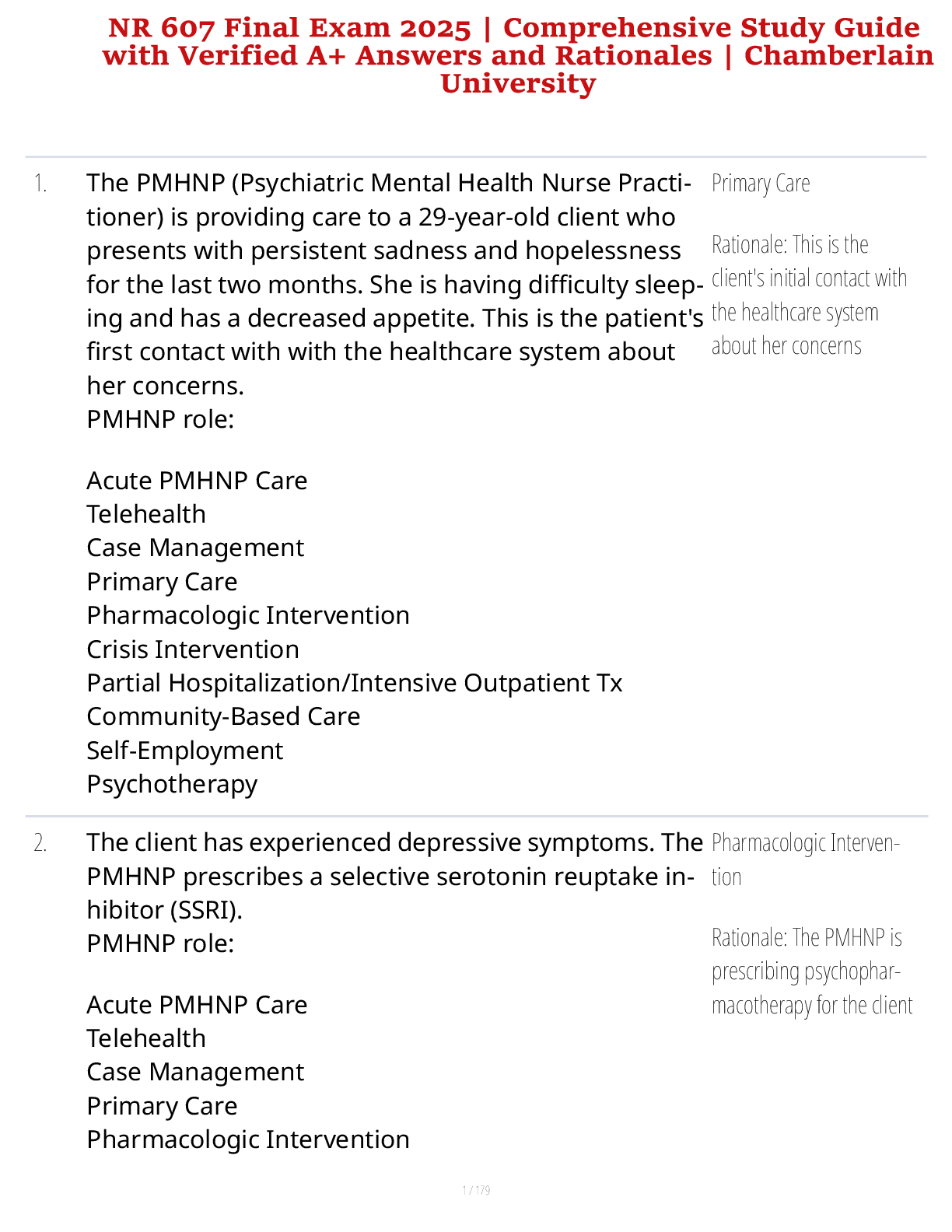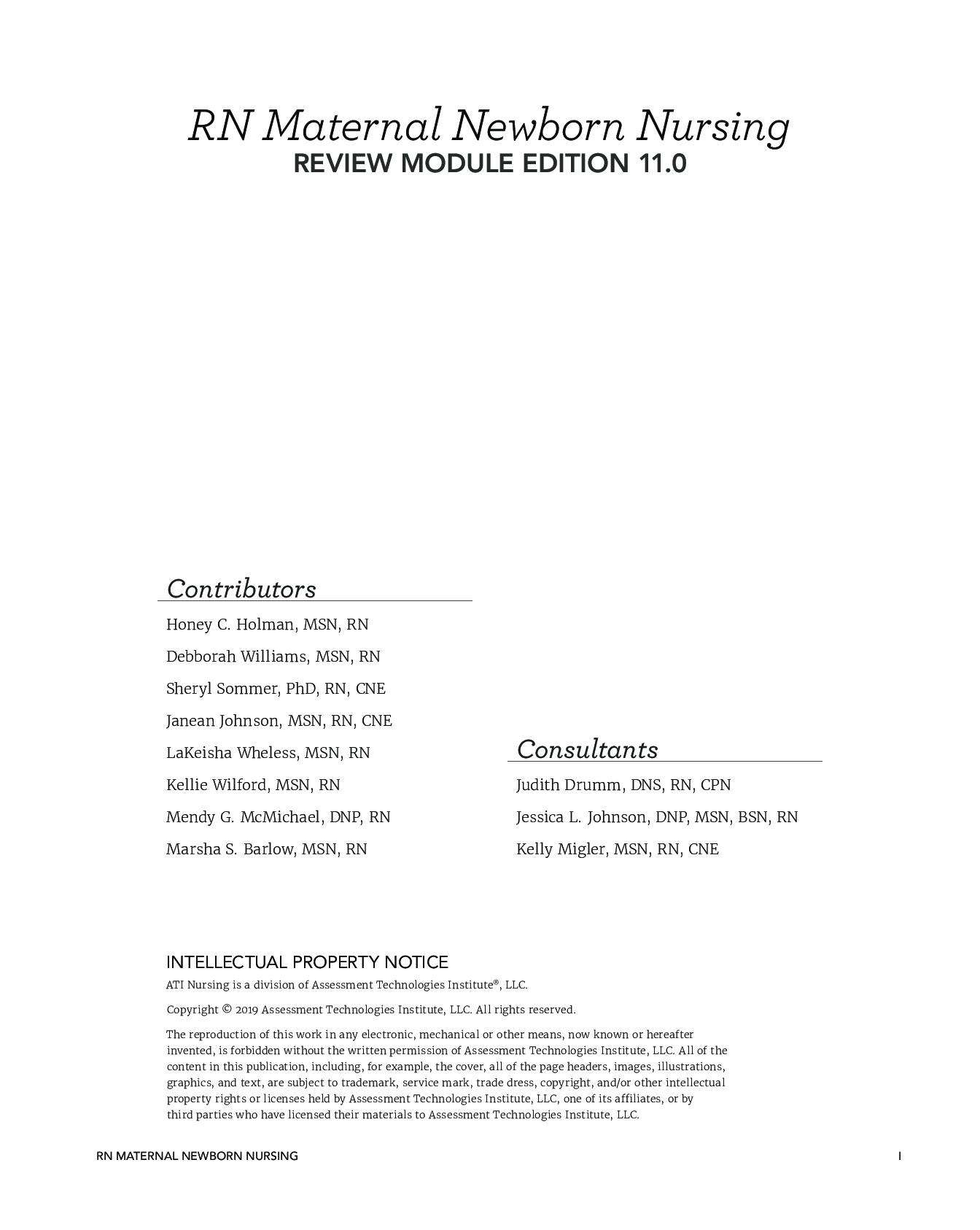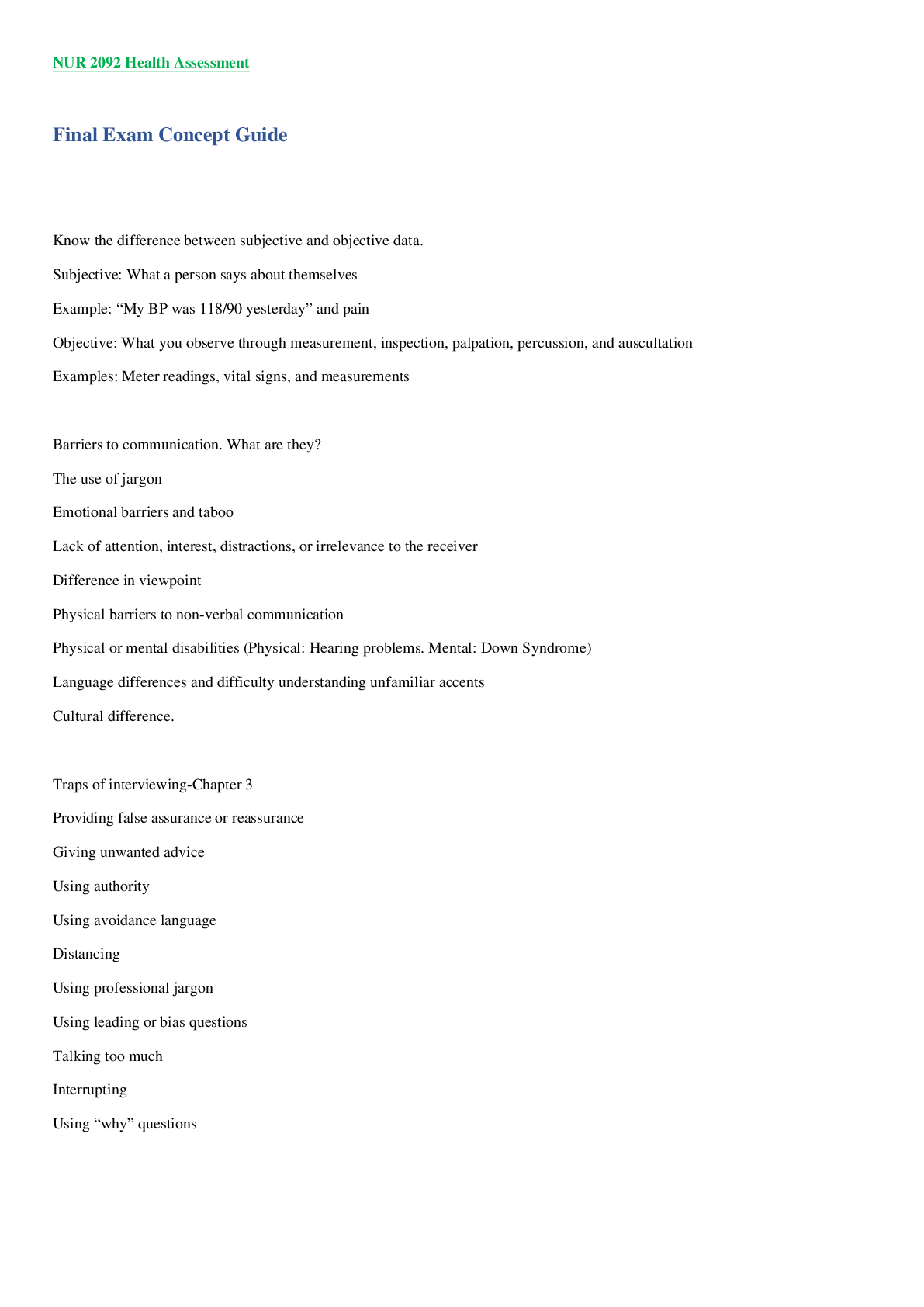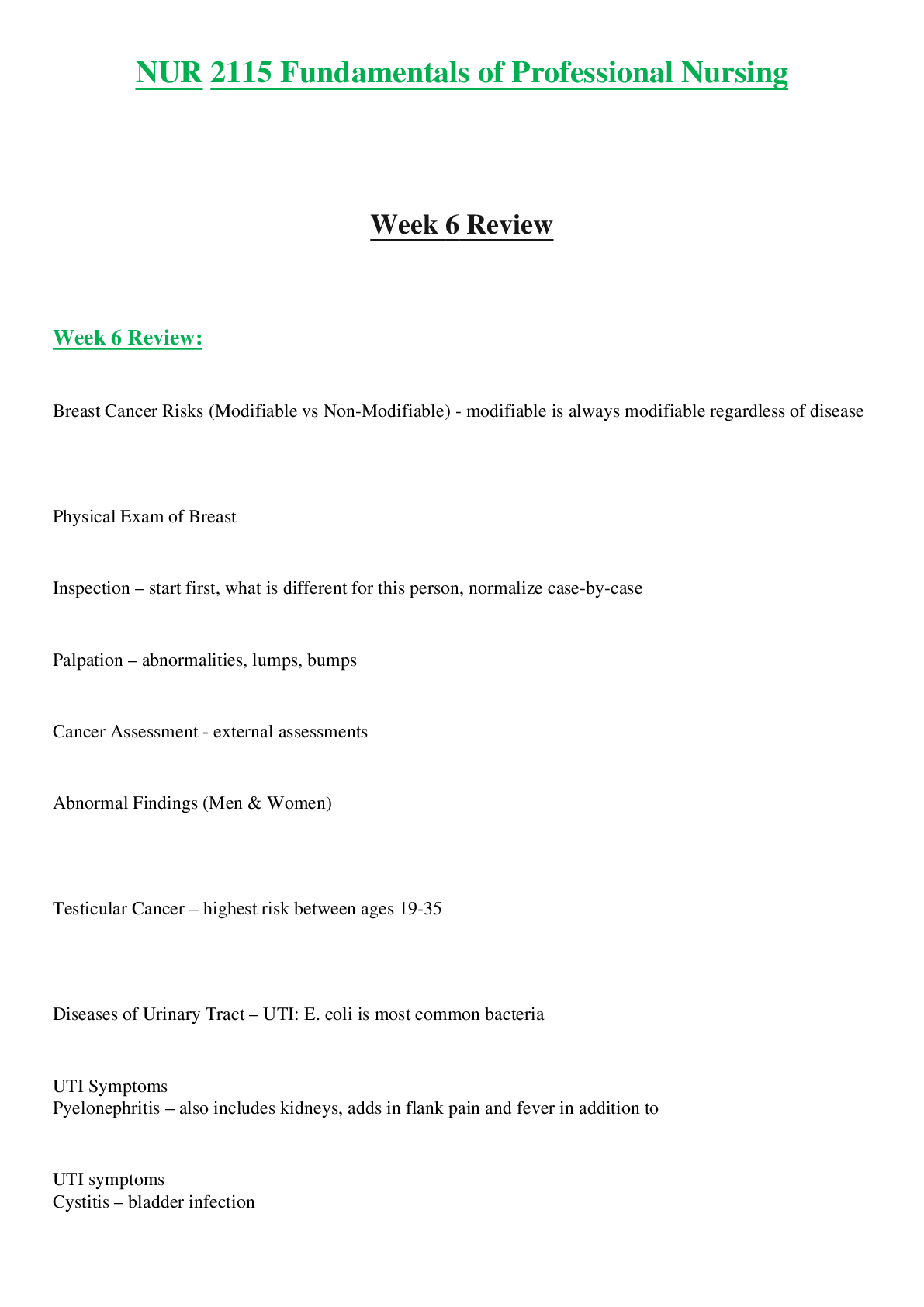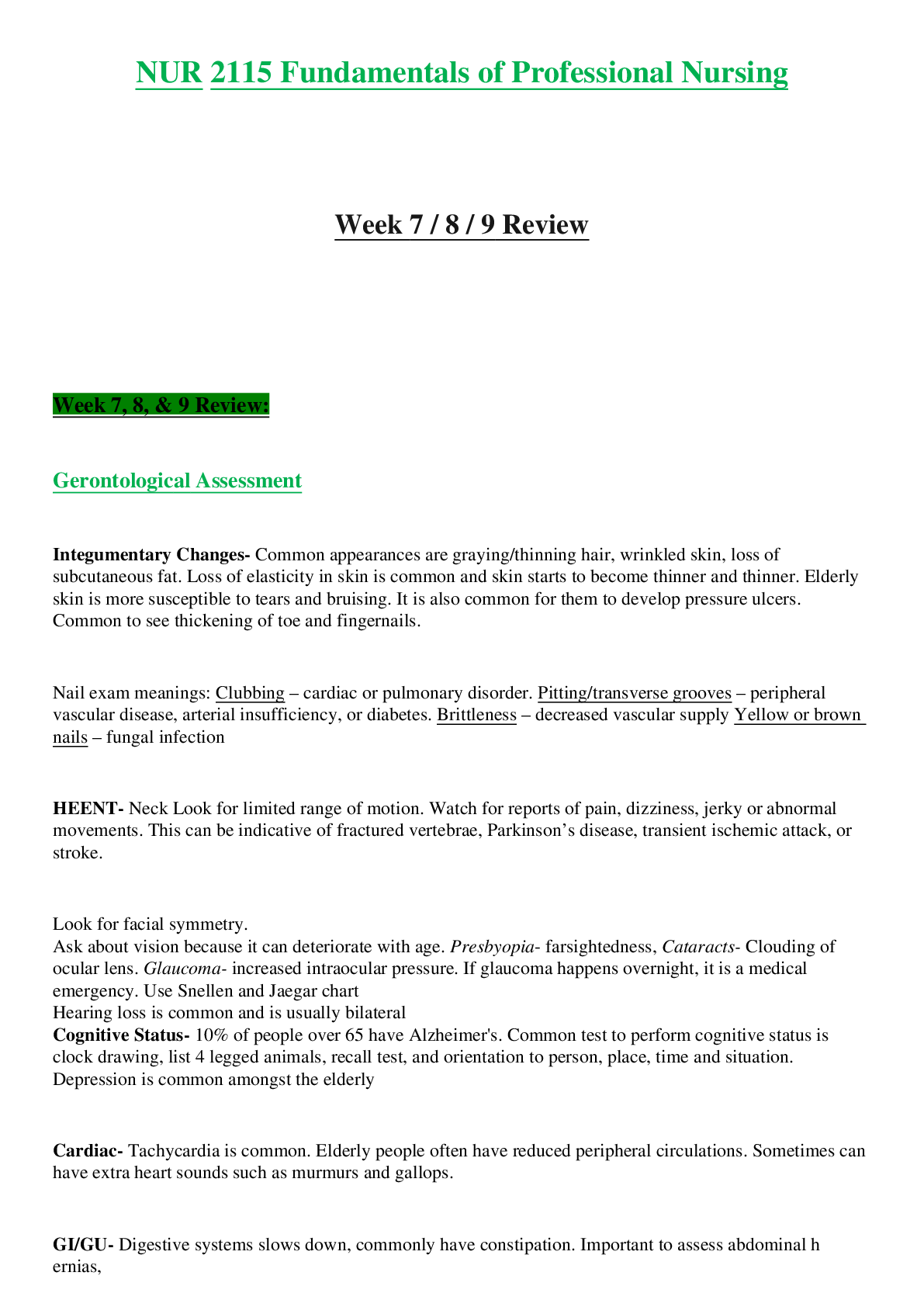Mathematics > STUDY GUIDE > MATH 225N Week 6 Discussion: Confidence Interval (2020) complete solution help. (All)
MATH 225N Week 6 Discussion: Confidence Interval (2020) complete solution help.
Document Content and Description Below
MATH 225N Week 6 Discussion: Confidence Interval Initial Post Instructions Thinking of the many variables tracked by hospitals and doctors’ offices, confidence intervals could … created for pop ... ulation parameters (such as means or proportions) that were calculated from many of them. Choose a topic of study that is tracked (or you would like to see tracked) from your place of work. Discuss the variable and parameter (mean or proportion) you chose, and explain why you would these to create an interval that captures the true value of the parameter of patients with 95% confidence. Consider the following: How would changing the confidence interval to 90% or 99% affect the study? Which of these values (90%, 95%, or 99%) would best suit confidence level according to type of study chosen? How might the study findings … presented to those in charge in an attempt to affect change at the workplace? NB: 2 Answers Displayed This study source was downloaded by 100000860583932 from CourseHero.com on 01-24-2023 12:24:40 GMT -06:00 https://www.coursehero.com/file/96774656/MATH-225N-Week-6-Discussion-Confidence-Intervalsdocx-1docx/ Confidence Intervals In everyday terms, a confidence interval is the range of values around a sample statistic (such as mean or proportion) within which clinicians can expect to get the same results if they repeat the study protocol or intervention, including measuring the same outcomes the same ways. As you ask yourself, "Will I get the same results if I use this research?", you must address the precision of study findings, which is determined by the Confidence Interval. If the CI around the sample statistic is narrow, you can be confident you will get close to the same results if you implement the same research in your practice. Consider the following example. Suppose that you did a systematic review of studies on the effect of tai chi exercise on sleep quality, and you found that tai chi affected sleep quality in older people. If, according to your study, you found the lower boundary of the CI to be .49, the study statistic to be 0.87, and the upper boundary to be 1.25, this would mean that each end limit is 0.38 from the sample statistic, which is a relatively narrow CI. (UB + LB)/2 = Statistic [(1.25 + .49)/2 = .87] Keep in mind that a mean difference of 0 indicates there is no difference; this CI does not contain 0. Therefore, the sample statistic is statistically significant and unlikely to occur by chance. Because this was a systematic review, and tai chi exercise has been established from the studies you assessed as helping people sleep, based on the sample statistics and the CI, clinicians could now use your study and confidently include tai chi exercises among possible recommendations for patients who have difficulty sleeping. Now you can apply your knowledge of CIs to create your own studies and make wise decisions about whether to base your patient care on a particular research finding. This study source was downloaded by 100000860583932 from CourseHero.com on 01-24-2023 12:24:40 GMT -06:00 https://www.coursehero.com/file/96774656/MATH-225N-Week-6-Discussion-Confidence-Intervalsdocx-1docx/ Answer 1 Since I have become a nurse I have personally felt the intense low back pain that once use to be just a one-sided conversation. Low back pain (LBP) is a significant health concern worldwide. Although pharmacological therapies have been shown to be successful in reducing pain, each one carries a risk. My study consist of non-pharm approach to reducing pain. Because of time and cost I escheated the effects of pain and nonpharmacological intervention, such as music, breathing, acupuncture and massage to name a few. I work in surgery and we play music for patients. In the article Medical statistics: Hypothesis tests and Estimation, discussed the relative effectiveness of acupuncture and massage as treatments for chronic low back pain in patients presenting to primary care. The study showed the disparity in pain ratings between the two groups. As we have been learning these pass weeks, it is not possible to be 100% sure of the range within which the population estimate will fall, so a degree of trust is added to the set of values. The 95% confidence interval for the mean difference in pain scores of 8.1 is (1.2,15.0). 90% confidence interval (2.3,13.9) which is narrower. 99% confidence interval (-1.0,17.2) is wider than the 95% CI. Not having a value 0 between two of the ranges will not have a significant difference in mean pain scores. Thus, by widening the range of values this increase the uncertainty and the interval now includes 0 therefore it is possible, this confidence level, now has no difference in mean pain score between the two groups. As we learned in Week 6 lesson, it states confidence intervals in medicine include a range within which test results or measurements may be predicted (chamberlain, 2020). Although pharmacological therapies have been shown to be successful in reducing pain, each one carries a risk of potentially severe side effects, this study was able to show that nonpharmacological intervention has been effective. Work Cited Holmes, A., Illowsky, B., & Dean, S. (2017). Introductory business statistics. OpenStax. https://openstax.org/details/books/introductory-business-statistics This study source was downloaded by 100000860583932 from CourseHero.com on 01-24-2023 12:24:40 GMT -06:00 https://www.coursehero.com/file/96774656/MATH-225N-Week-6-Discussion-Confidence-Intervalsdocx-1docx/ Thomas, E., An introduction to medica [Show More]
Last updated: 2 years ago
Preview 1 out of 6 pages
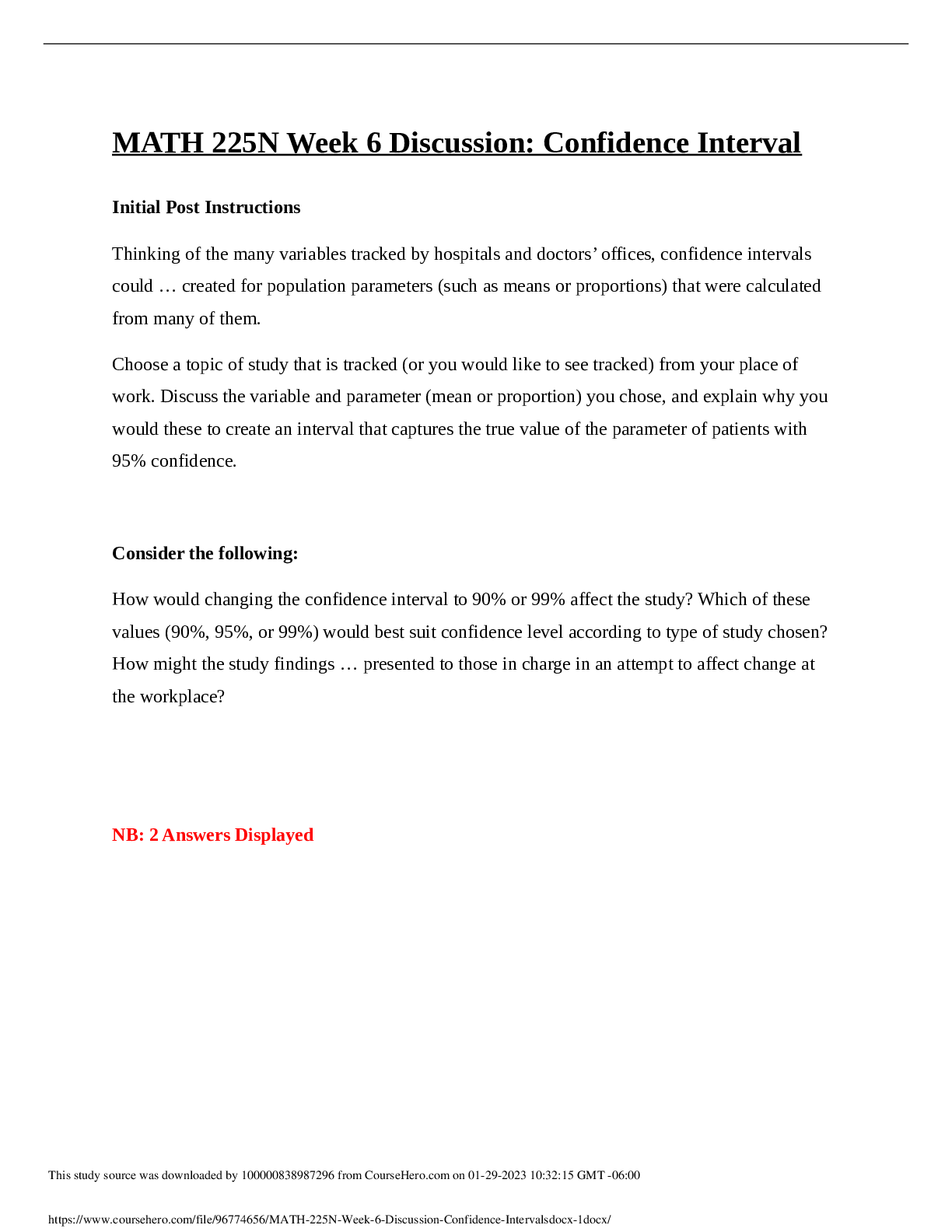
Buy this document to get the full access instantly
Instant Download Access after purchase
Buy NowInstant download
We Accept:

Also available in bundle (1)
Click Below to Access Bundle(s)

MATH 225N Week 6 Bundle: Assignments, Quiz Solutions, Discussion (Summer 2020) complete A+ Help, Chamberlain College of Nursing.
MATH 225N Week 6 Bundle: Assignments, Quiz Solutions, Discussion (Summer 2020) complete A+ Help, Chamberlain College of Nursing.
By Native 2 years ago
$48
3
Reviews( 0 )
$4.00
Can't find what you want? Try our AI powered Search
Document information
Connected school, study & course
About the document
Uploaded On
Jan 24, 2023
Number of pages
6
Written in
All
Additional information
This document has been written for:
Uploaded
Jan 24, 2023
Downloads
0
Views
196

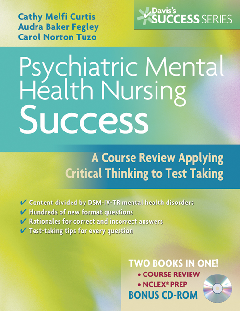
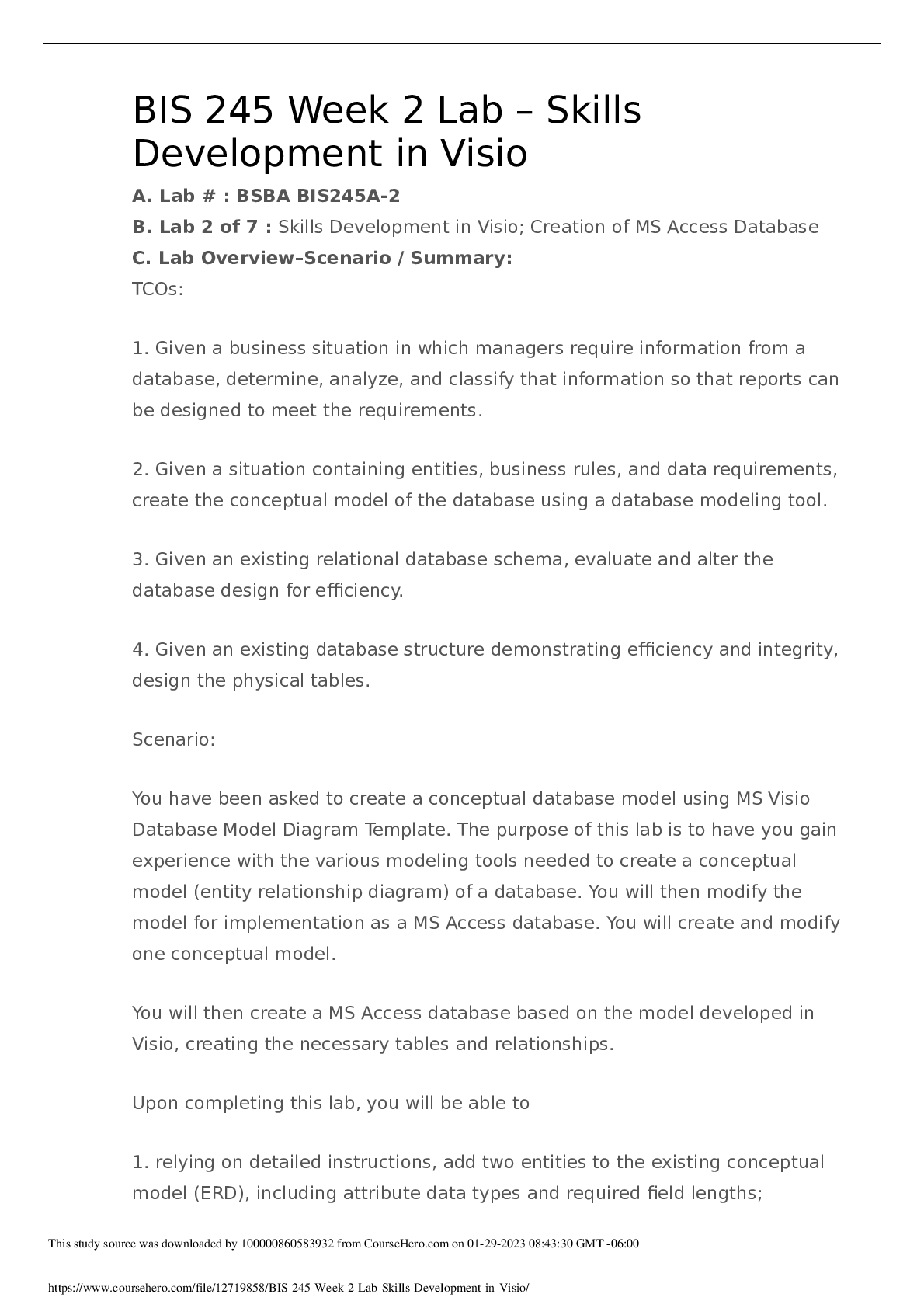

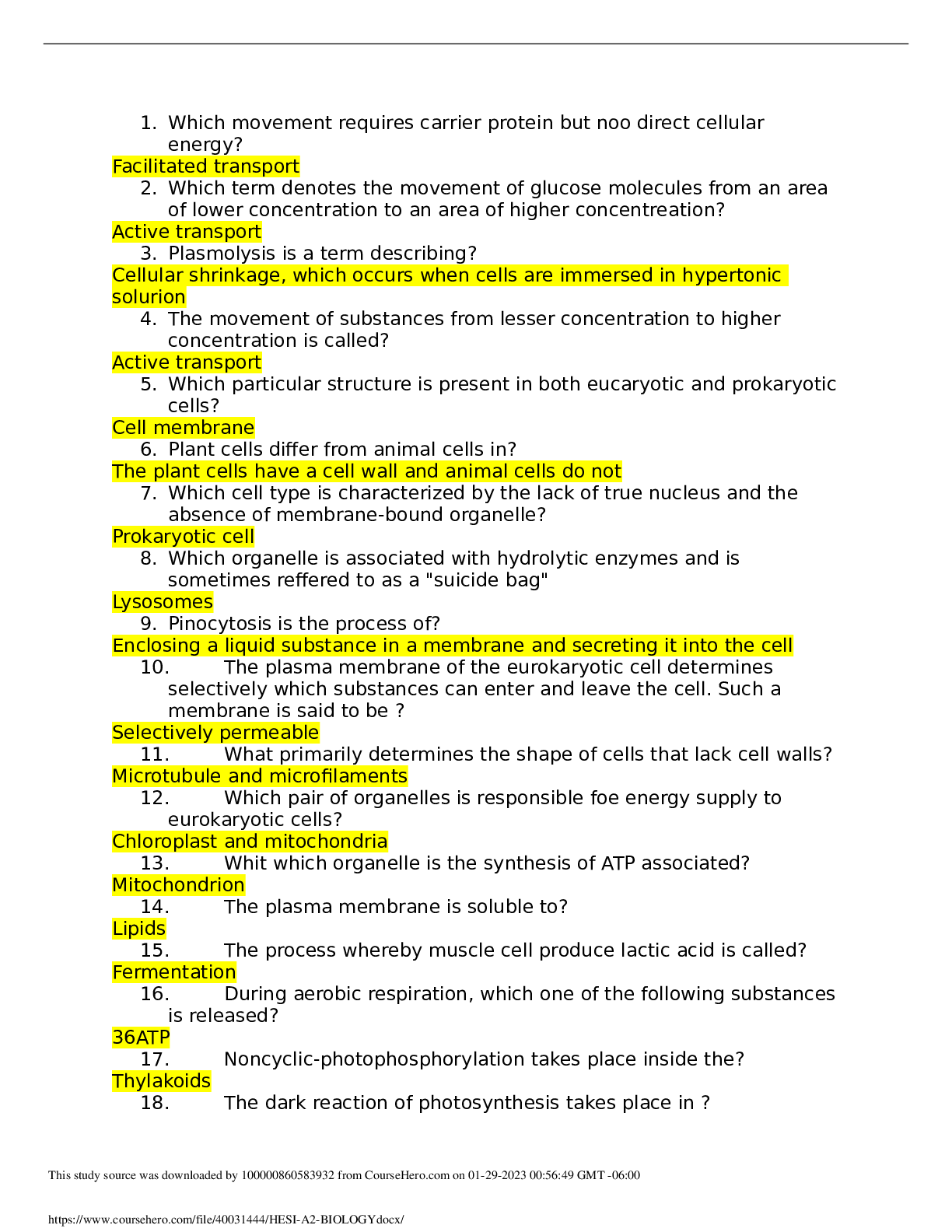




.png)



